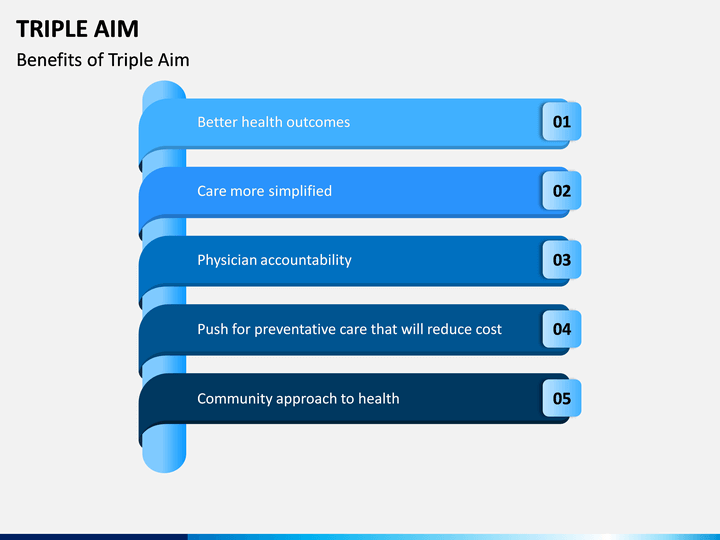

#Triple aim series#
The IHI Breakthrough Series Collaborative model, first developed by IHI in the 1990s, provides a forum for multiple sites with the common aim of working collaboratively and exchanging successful and unsuccessful approaches in real time. In 2007 IHI established a collaborative to begin testing and refining our Triple Aim small theory. Øvretveit and colleagues refer to such principles as “small theory” and propose that a small theory be tested and refined across numerous sites and in different contexts so that it can be adapted and refined. The researchers also set out the principles forming the foundation of the work to achieve the Triple Aim: the simultaneous pursuit of the Triple Aim, identification of a population of concern, and designation of an “integrator” with specific roles and functions. I n an article published in 2008, researchers from the Institute for Healthcare Improvement (IHI) posited that, in order to improve US health care, it was necessary to pursue a system of linked goals called the Triple Aim: “improving the individual experience of care improving the health of populations and reducing the per capita costs of care for populations.” 1 Drawing on our 7 years of experience, we describe 3 major principles that guided the organizations and communities working on this endeavor: creating the right foundation for population management, managing services at scale for the population, and establishing a learning system to drive and sustain the work over time.
#Triple aim how to#
Learn more about how to start a data governance initiative in our white paper.Since that time, IHI and others have worked together to determine how the implementation of the Triple Aim has progressed.


As cost, quality and outcomes become the focus of today’s healthcare landscape, health IT, with its ability to harness data through analytics, is emerging as an obvious player. It was a term dubbed by the Institute for Healthcare Improvement in 2008 when it created a framework for optimizing health system performance by simultaneously focusing on the health of a population, the experience of care for individuals within that population and the per capita cost of providing that care.įast-forward a decade later and it’s not just a good way to operate, but a necessary one, too, as healthcare reform is forcing the move away from fee-for-service and toward value-based care. The triple aim of healthcare is to achieve good quality of care, low costs and improved population health.


 0 kommentar(er)
0 kommentar(er)
